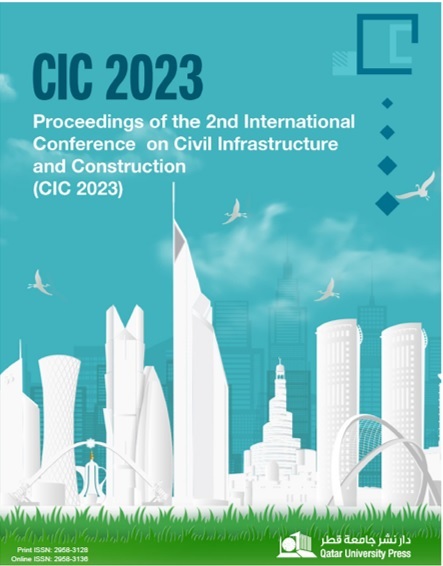Conceptual Framework for Planning Urban Roadside Vegetation to Enhance Air Quality for Roadside Users
Abstract
Vegetation is known for enhancing air quality. However, vegetation on urban roads can either increase or decrease exposure to air pollutants. The health of pedestrians and cyclists is particularly of great concern since they are exposed directly to air pollutants, unlike drivers. Dispersion of air pollutants is necessary for exposure reduction on urban roads. The local factors, including street geometry, meteorological conditions, and physical characteristics of vegetation, influence the dispersion of pollutants. There is a lack of framework for planning urban road vegetation to disperse air pollutants. This study summarizes the literature on the influence of local factors; analyses the interrelation between the local factors on the dispersion of air pollutants by trees and hedgerows. It provides a conceptual framework to provide clarity in planning urban roadside vegetation to enhance the air quality for roadside users.
##plugins.themes.bootstrap3.article.details##
Keywords
Urban roadside vegetationDispersion of air pollutantsWell-being of the roadside usersConceptual Framework
References
How to Cite
Mogra, S., Khamidi, M. F., & Fadli, F. (2023). Conceptual Framework for Planning Urban Roadside Vegetation to Enhance Air Quality for Roadside Users. Proceedings of the International Conference on Civil Infrastructure and Construction (CIC), 2023(1), 1096–1103. https://doi.org/10.29117/cic.2023.0137
Issue
Section
Theme 3: Sustainable Architecture and Urban Planning for Society Wellbeing


